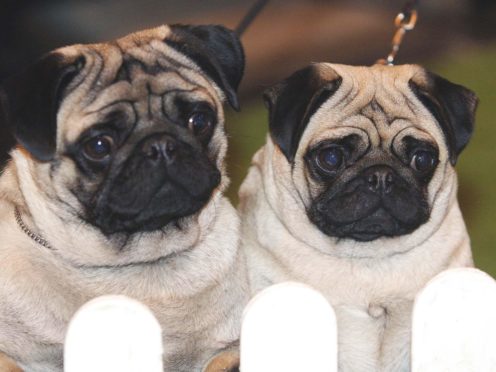
A DNA mutation linked to breathing problems in popular dog breeds has been discovered by scientists.
Breathing difficulties are often associated with flat-faced breeds, but experts have found that the mutation is also carried by a breed that has proportional noses.
Scientists believe the finding could raise the prospect of genetic tests to identify at-risk animals and help breeders avoid producing affected pups.
Breeds such as French and English bulldogs and pugs are commonly affected by a condition called Brachycephalic Obstructive Airway Syndrome (BOAS), which leaves dogs gasping for breath.
It was thought that their short faces were the only explanation for their breathing problems, but Norwich terriers – which have proportional noses – suffer from a similar breathing problem called Upper Airway Syndrome.
A team led by The Roslin Institute at the University of Edinburgh’s Royal (Dick) School of Veterinary Studies, studied DNA from more than 400 Norwich terriers, while vets carried out clinical examinations.
The researchers pinpointed a DNA mutation in a gene called ADAMTS3, which is not linked to skull shape and has previously been found to cause fluid retention and swelling.
The mutated version of the gene was also found to be common in French and English bulldogs, which the team said may help to explain why those breeds can develop breathing problems and complications after surgery to treat them.
The institute’s Dr Jeffrey Schoenebeck, who led the study, said: “BOAS is a complex disease. Although skull shape remains an important risk factor, our study suggests that the status of ADAMTS3 should be considered as well.
“More studies are needed to dissect the complex nature of this devastating disease.”
The study, published in PLOS Genetics, also involved experts from the Royal Veterinary College and the University of Bern in Switzerland.

Enjoy the convenience of having The Sunday Post delivered as a digital ePaper straight to your smartphone, tablet or computer.
Subscribe for only £5.49 a month and enjoy all the benefits of the printed paper as a digital replica.
Subscribe